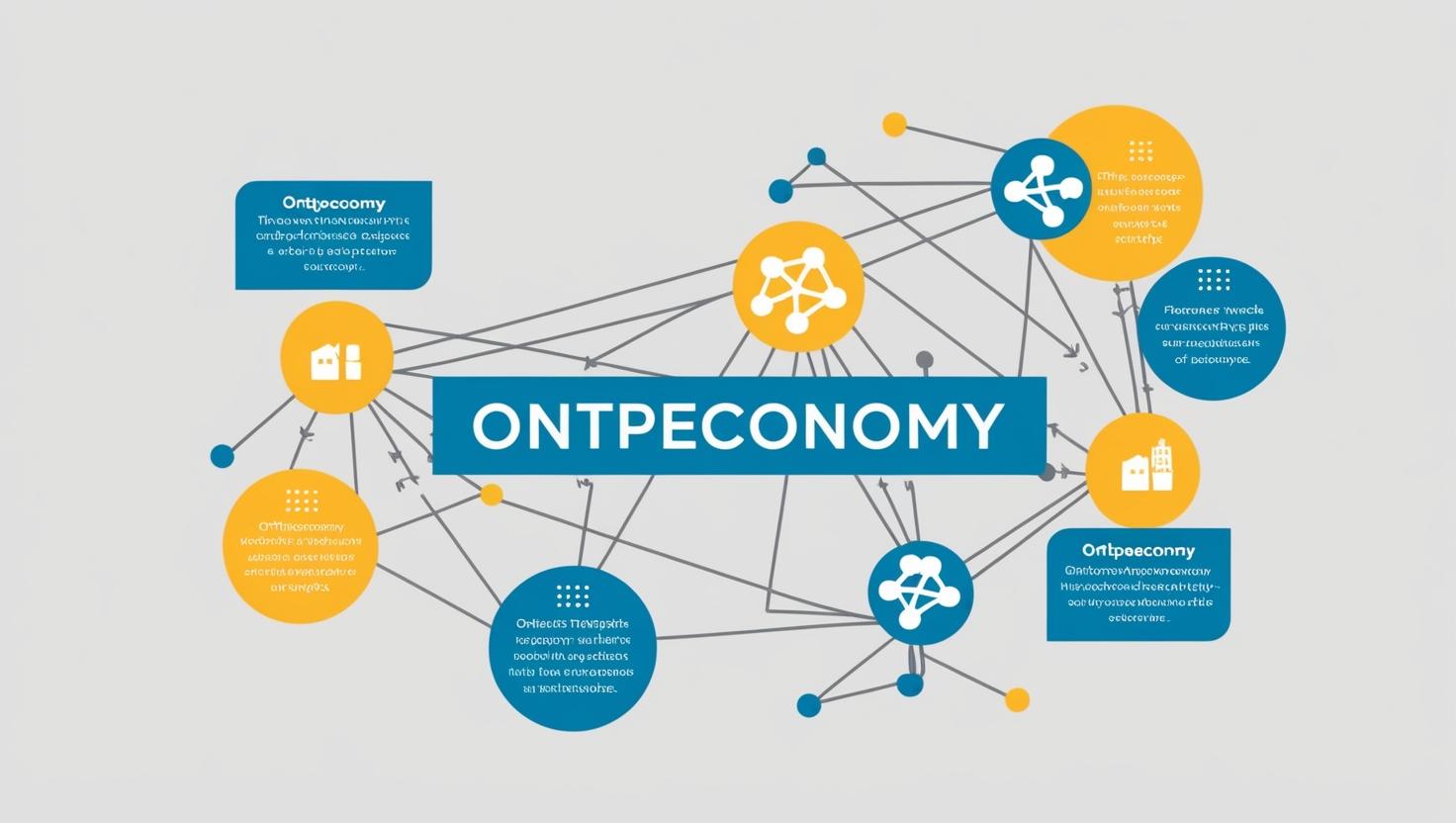Ontpeconomy is a new way of thinking about how businesses, resources, and communities work together. It focuses on creating systems that benefit everyone, making sure resources are shared fairly and used wisely. Many people are talking about it because it offers solutions to big problems like waste, inequality, and inefficiency in the economy.
In my experience, working with different business models has shown me how important it is to have a system that supports growth while being fair and sustainable. Ontpeconomy stands out as a concept that can bring real change. Let’s explore what it is, how it works, and why it matters.
The Basics of Ontpeconomy
A Simple Explanation
Ontpeconomy is an idea that combines fairness, efficiency, and sustainability in economic systems. It aims to create a balance where everyone benefits, not just a few. Instead of focusing only on profits, it looks at how businesses and resources can support communities and the environment.
Key Features of Ontpeconomy
- Collaboration: People and businesses work together to achieve common goals.
- Resource Sharing: Resources are used in a way that reduces waste and benefits everyone.
- Sustainability: Decisions are made with the future in mind, protecting the environment and ensuring long-term success.
- Inclusivity: Everyone has a role to play and benefits from the system.
These features make Ontpeconomy a strong framework for building better communities and businesses.
How Ontpeconomy Works
Building Connections
At the heart of the economy is the idea of connection. Businesses, individuals, and communities are linked together to create a network where everyone can contribute and benefit. For example, a local farmer can supply produce to nearby schools, reducing transportation costs and supporting local jobs.
Smart Use of Technology
Ontpeconomy often uses technology to improve efficiency and fairness. Tools like blockchain ensure transparency in transactions, while digital platforms connect buyers and sellers directly, cutting out middlemen.
Applications of Ontpeconomy in Different Areas
1. Business and Entrepreneurship
Ontpeconomy helps businesses grow fairly and sustainably. It encourages:
- Fair Trade: Businesses pay fair wages and use ethical practices.
- Local Sourcing: Materials and services are sourced from nearby areas, supporting local economies.
- Shared Ownership: Employees and communities can have a stake in the business, sharing in its success.
2. Education
Ontpeconomy changes how education systems work by:
- Community Involvement: Schools partner with local businesses for resources and opportunities.
- Practical Learning: Students learn skills that directly benefit their communities and future jobs.
- Equal Access: Education becomes more affordable and available to everyone.
3. Healthcare
In healthcare, Ontpeconomy improves services by:
- Affordable Care: Resources are shared to reduce costs for patients.
- Community Clinics: Local clinics provide services tailored to the needs of the area.
- Preventive Measures: Focus on health education and early detection to reduce long-term costs.
4. Environment
Ontpeconomy promotes environmental care by:
- Reducing Waste: Encouraging businesses to recycle and reuse materials.
- Green Energy: Supporting the use of renewable energy sources.
- Eco-Friendly Practices: Helping communities adopt practices that protect nature.
Benefits of Ontpeconomy
Helping Communities
Ontpeconomy brings people together, creating stronger and more supportive communities. When businesses work with local groups, they build trust and cooperation.
Saving Money
By sharing resources and reducing waste, Ontpeconomy helps businesses and individuals save money. For instance, a shared workspace allows multiple businesses to use the same office, cutting costs for everyone.
Promoting Fairness
Ontpeconomy ensures that everyone gets a fair share. Whether it’s fair wages for workers or equal education opportunities, it aims to create a system where no one is left behind.
Challenges of Ontpeconomy
Ontpeconomy is a great idea, but it’s not perfect. Some challenges include:
- Resistance to Change: People and businesses might find it hard to switch to a new system.
- Initial Costs: Setting up sustainable practices or shared systems can be expensive at first.
- Coordination Issues: It can be challenging to get everyone to work together smoothly.
Overcoming these challenges requires patience, education, and support from communities and governments.
How to Get Started with Ontpeconomy
Step 1: Learn About It
Start by understanding the principles of the economy. Read articles, attend workshops, or talk to people who are already using it.
Step 2: Identify Local Opportunities
Look for ways to apply Ontpeconomy in your community. Are there resources that can be shared? Can businesses work together for mutual benefit?
Step 3: Collaborate
Work with others to build networks and share ideas. Collaboration is key to making the economy successful.
Step 4: Start Small
Begin with small projects, like starting a community garden or creating a shared workspace. As these projects succeed, they can inspire larger initiatives.
The Future of Ontpeconomy
The economy is still growing, but it has the potential to change the world. As more people and businesses embrace its ideas, we can expect to see:
- Smarter Cities: Communities designed to share resources and reduce waste.
- Better Jobs: Opportunities that are fair and sustainable.
- Healthier Planet: Practices that protect the environment for future generations.
By staying open to new ideas and working together, Ontpeconomy can help create a better future for everyone.
